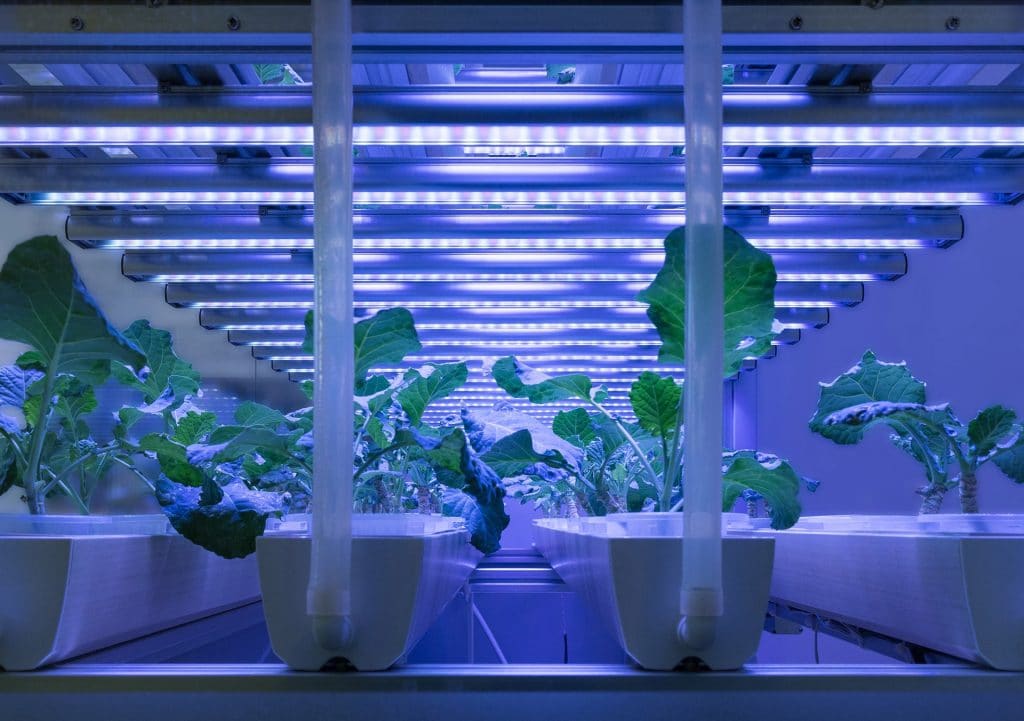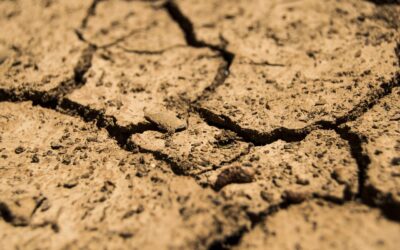Worldwide food shortages, rising temperatures and frequent droughts brought on by global warming make farming methods increasingly unpredictable. To help combat this issue, the agriculture industry needs to decrease the amount of water used, make crops less vulnerable to climate change and produce more dependable yields.
Controlled agriculture farming might be able to do just that.
The global population is projected to reach 9.7 billion by 2050. In order to provide enough food for this growth, global food production will have to increase by nearly 70 per cent.
The push for more effective urban agriculture is as much a desire as it is a need. These systems and methods have the potential to contribute to year-round crop production and to decrease food costs within an urban setting.
Controlled environments are a promising advancement in the agriculture community, as they predict plant responses and increase production efficiency, optimize plant yield and improve plant quality. One of the biggest advantages of these systems is decreased water use at planting.
“We made an estimation with oak leaf lettuce and there we are actually at, say five per cent [water consumption], compared to traditional growing in fields,” shared Maarten Vandecruys, Chief Executive of Urban Crop Solutions.
For seed companies, cutting transportation costs is a game changer. Eric Levesque, managing partner at Cultivatd, believes indoor farming can provide that.
“We’re now trying to engineer seeds where we’re focusing on the flavor profile, or the crunch profile of the leaf. And some other different avenues like that, to make the plant more desirable and can drive up the cost because it no longer has to be shipped an ‘extreme’ destination,” explains Levesque.
If certain cropping systems move to indoor environments, it provides new opportunities for seed breeders. Because the crop won’t be exposed to abiotic stressors, weeds and other pests found in field environments, breeding can be far more ‘offensive’ than ‘defensive.’
The Shift to Indoor Farming
Despite the benefits of controlled environment agriculture, some growers and seed companies have been hesitant to adopt the new wave of farming. However, this type of production has shown many benefits following recent crises.
“It’s taken a little while for that education process to come along, but we’ve seen a real push, unfortunately, through some different crises around the world. Obviously, with COVID-19, it highlighted the supply chain for food and how fragile that is. And then the war on Ukraine,” says Levesque. “Ukraine’s biggest export is food, which has also made a significant impact. So, there are quite a few things like droughts and these crises around the world that are really pushing towards that and helping us to educate.”
In addition to adjustments in supply chains, climate change is a main force that drives the potential advantages of indoor farms. Traditional agriculture greatly depends on the weather, something indoor producers can control.
“One of the reasons a shift is happening is that 90 per cent of all leafy greens produced in the United States are produced in California and Arizona. That area is in a megadrought and there is no end in sight. Because of this, they may not really be able to have water available to grow the crops in what is essentially a desert,” shared Van Iersel, the Vincent J. Dooley professor of horticultural physiology at the University of Georgia.
Is Controlled Environment Agriculture the Future?
While leafy greens and herbs have thrived in controlled environment agriculture, there is still much progress to be made for other crops. Growing all crops indoors isn’t necessarily the solution though, explains Levesque.
“Obviously, something like cucumbers and potatoes are not really going to thrive in an environment that is indoors and require more room and then some even larger plants like corn and such,” says Levesque. “That’s why indoor farming is so needed. If we could move all the lettuce and kale production indoors, which are the plants that thrive the most, it would alleviate a lot more land to be able to grow more corn and more of these plants that cannot be grown indoors to maximize the use of the space.”
As indoor farming continues to grow, many industry leaders have the same goal in mind: food security.
“Being able to educate and bring that food security all over the world and in times of need is definitely a big part of the solution,” states Cody Bourget, director of farming operations at Cultivatd.
With more research and effort focused on the practice, the future of farming might be indoors.
Read More About Controlled Environment Agriculture:
Kalera Opens New “Mile High” Vertical Farming Facility in Denver
OnePointOne and Sakata Seed America Accelerate Vertical Farming
Using Controlled Environment Food Production to Solve Food Shortages
Precision Indoor Plants (PIP) Consortium to Revolutionize Agriculture





